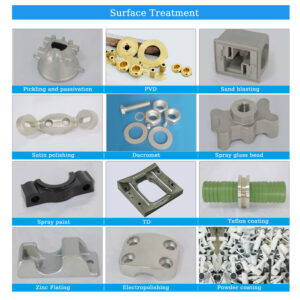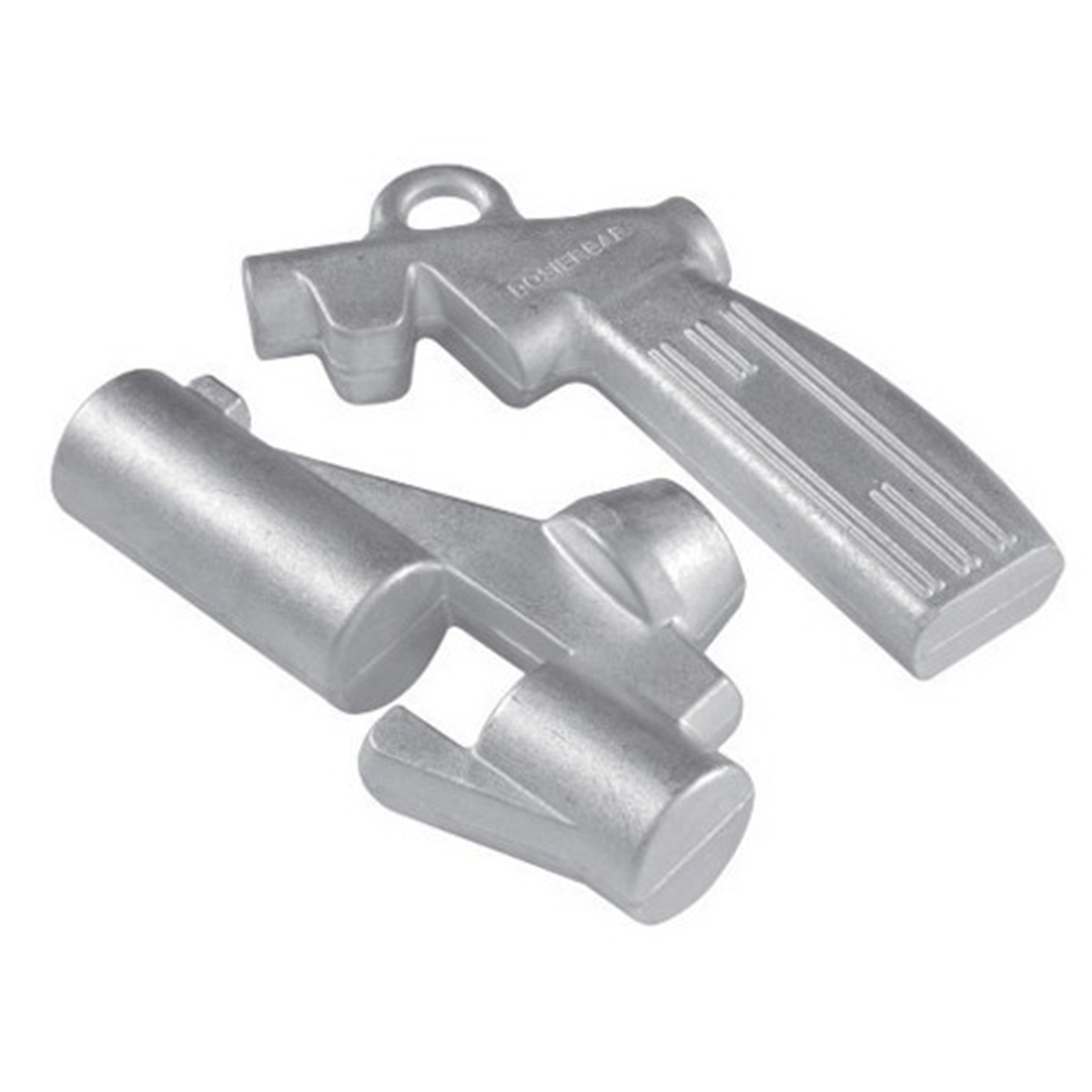
Zinc plating, also known as electrogalvanizing, is an electrochemical process used to deposit a thin layer of zinc onto the surface of metal substrates (primarily steel or iron) to protect against corrosion, improve aesthetics, and enhance durability. Below is a detailed breakdown of the process:
1. Purpose of Zinc Plating
Corrosion Resistance: Zinc acts as a sacrificial anode, corroding preferentially to protect the underlying base metal.
Aesthetic Enhancement: Provides a shiny, metallic finish (often further treated for color variations).
Improved Adhesion: Prepares surfaces for painting or powder coating.
Electrical Conductivity: Maintains conductivity in electrical components.
2. Process Steps
A. Surface Preparation (Critical for Adhesion)
Cleaning:
Alkaline Cleaning: Removes oils, grease, and organic contaminants using alkaline solutions.
Electrocleaning: Electrolytic cleaning to ensure thorough degreasing.
Acid Pickling:
Immersion in hydrochloric (HCl) or sulfuric acid (H₂SO₄) to remove rust, scale, and oxides.
Rinsing:
Multiple water rinses to remove residual chemicals.
B. Electroplating Bath Setup
Electrolyte Solution: Contains zinc ions (typically from zinc sulfate, zinc chloride, or cyanide-based salts).
Additives: Brighteners (for a glossy finish), levelers (to smooth the deposit), and surfactants (to reduce hydrogen embrittlement).
pH and Temperature: Controlled based on the plating type (acidic, alkaline, or cyanide baths).
C. Electroplating Process
Substrate as Cathode: The workpiece is connected to the negative terminal (cathode).
Anode: Zinc metal (or inert anodes in some baths) serves as the positive terminal.
Current Application:
Direct current (DC) is applied (typical current density: 1–10 A/dm²).
Zinc ions are reduced at the cathode, depositing onto the substrate.
Plating Time: Determines coating thickness (typically 5–25 μm).
D. Post-Treatment
Passivation (Chromate Conversion Coating):
Immersion in a chromate solution to form a protective layer (enhances corrosion resistance and adds color options: clear, blue, yellow, black).
Alternatives: Trivalent chromium (Cr³⁺) coatings for eco-friendliness.
Sealing:
Application of a topcoat (e.g., oil, wax, or polymer) to seal pores and improve performance.
Drying: Forced air or oven drying to prevent water spots.
3. Types of Zinc Plating Baths
Acid Zinc Plating:
Uses sulfate or chloride baths (pH 1–5).
Fast deposition, cost-effective, but less uniform on complex shapes.
Alkaline Zinc Plating:
Cyanide-free baths (pH 10–14).
Excellent throwing power for intricate parts; environmentally safer.
Cyanide Zinc Plating (Legacy):
High cyanide content for superior adhesion (phased out due to toxicity).
4. Quality Control
Coating Thickness: Measured via X-ray fluorescence (XRF) or magnetic gauges.
Adhesion Testing: Tape test or bend test.
Salt Spray Testing: ASTM B117 to evaluate corrosion resistance (hours to white/red rust).
Hydrogen Embrittlement Relief: Baking (200°C for 24 hours) for high-strength steels.
5. Applications
Automotive parts (fasteners, brake components).
Electrical hardware (connectors, brackets).
Construction materials (bolts, nuts, HVAC components).
Consumer goods (tools, plumbing fixtures).
6. Environmental and Safety Considerations
Waste Treatment: Neutralization of acidic/alkaline effluents; heavy metal recovery.
Cyanide Alternatives: Shift to cyanide-free baths to reduce toxicity.
Hexavalent Chromium (Cr⁶⁺) Restrictions: Compliance with RoHS, REACH, and OSHA regulations.
7. Advantages vs. Alternatives
Pros: Cost-effective, versatile, recyclable.
Alternatives: Hot-dip galvanizing (thicker coatings), mechanical plating (no electricity), or organic coatings.
This process balances performance, cost, and environmental impact, making zinc plating a cornerstone of modern metal finishing.





